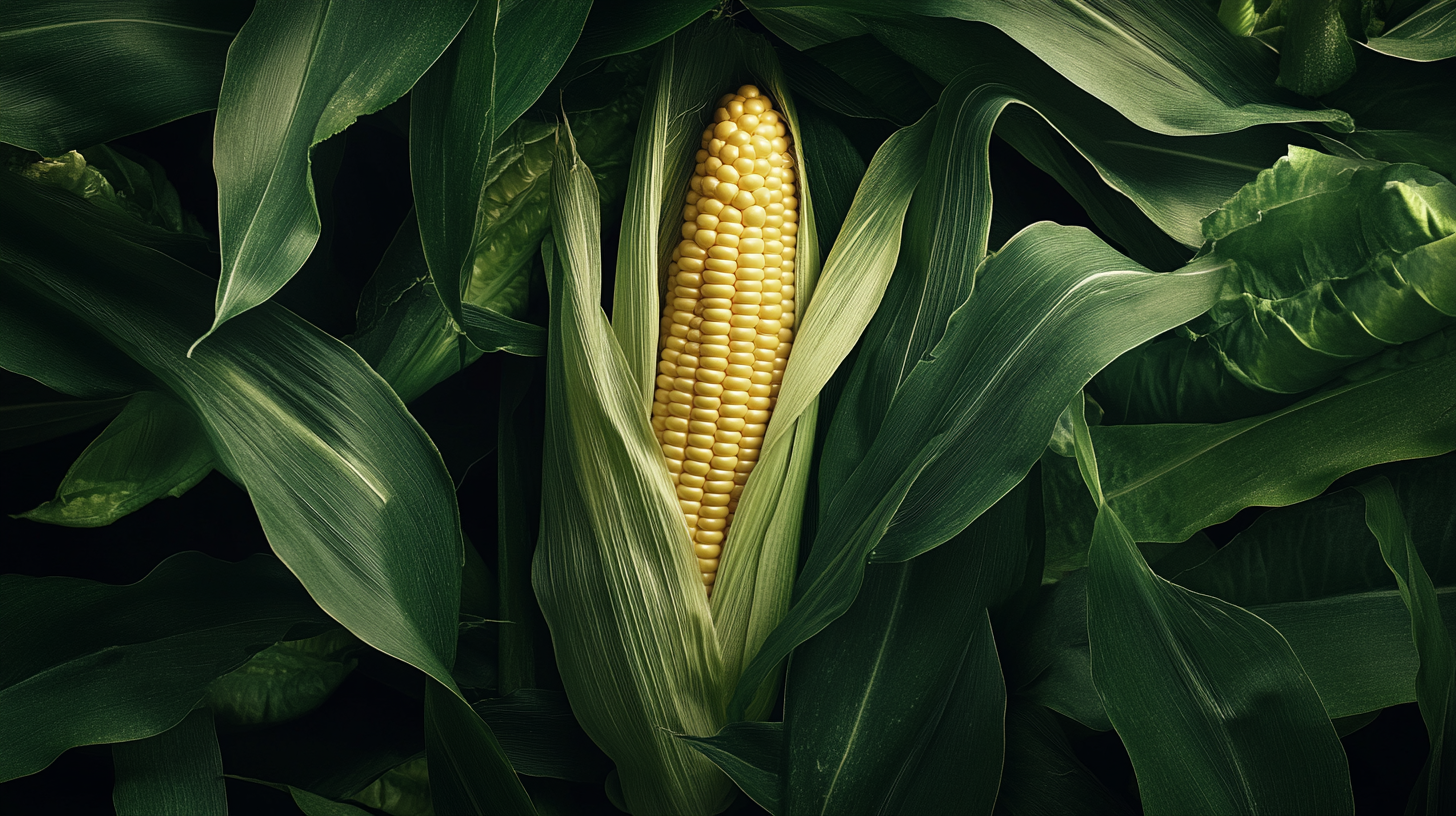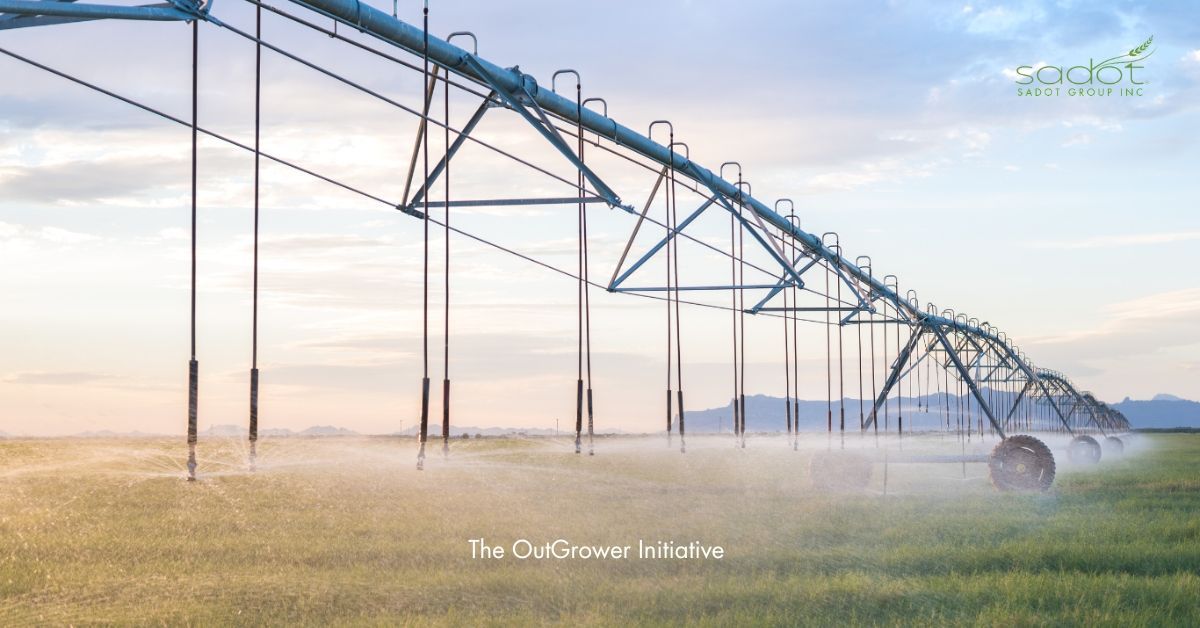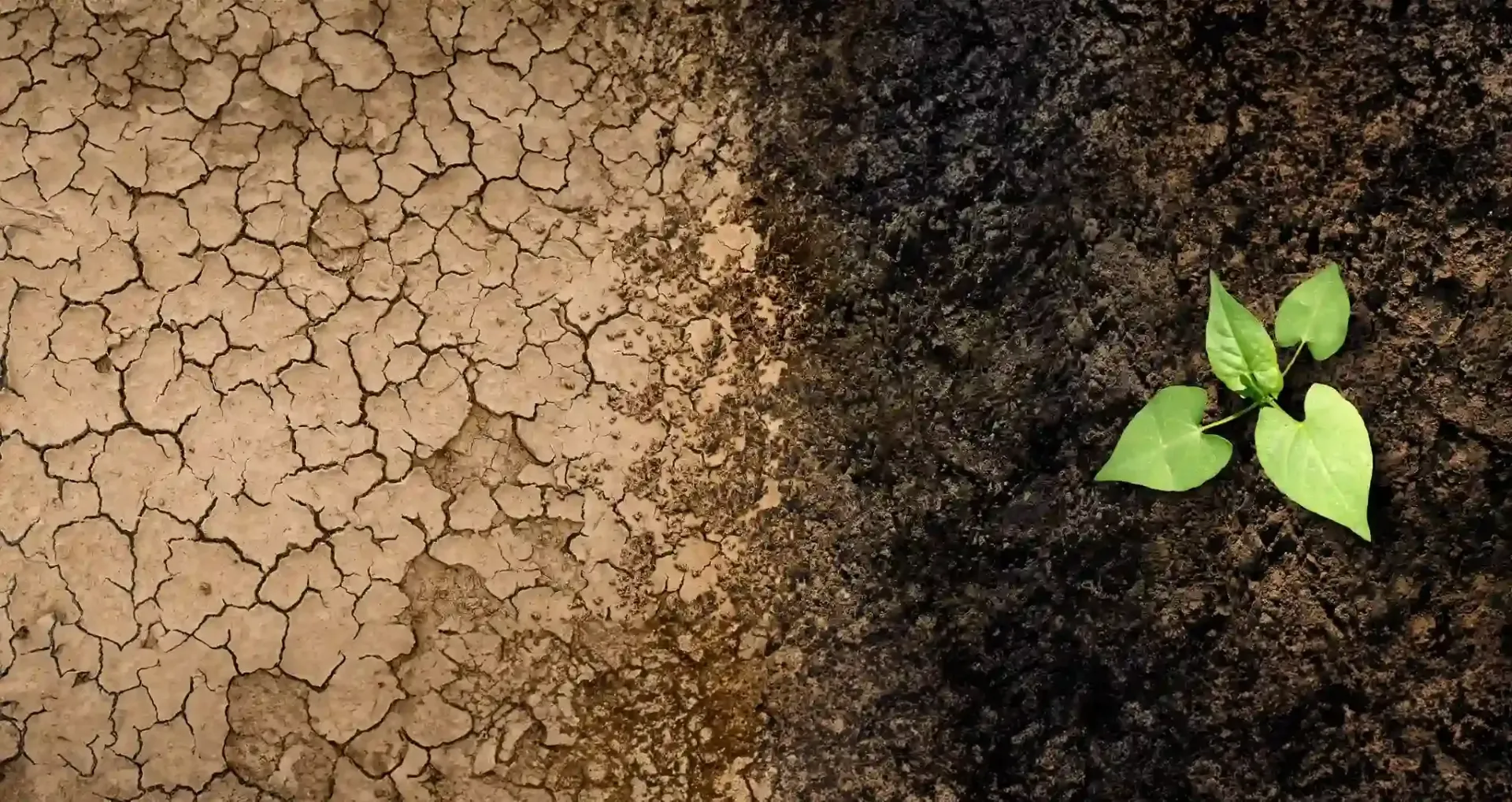Wheat: The Staple Crop That Sustains Billions Worldwide
Wheat is one of the most important staple crops on the planet, feeding billions of people each day. Its versatility and adaptability have made it a cornerstone of global agriculture, with numerous varieties suited to various climates and culinary traditions. In this article, we’ll explore the history, importance, and future of wheat farming, as well as its role in global food security.
How Wheat Became the World’s Leading Staple Crop
Wheat has been cultivated for over 10,000 years, originating in the Fertile Crescent of the Middle East. Early farmers discovered that wheat was easy to grow, store, and process, making it an ideal crop for sustaining communities.
Over time, the cultivation of wheat spread across Europe, Asia, and Africa, becoming a global staple.
Today, wheat farming is a crucial industry in regions like North America, Russia, and China, contributing significantly to the global food supply. The durability and adaptability of wheat have played a large role in its dominance.
Unlike other crops, wheat can thrive in a variety of soils and climates, from temperate to arid regions, making it accessible to farmers worldwide. This resilience has cemented its place in the diet of billions.
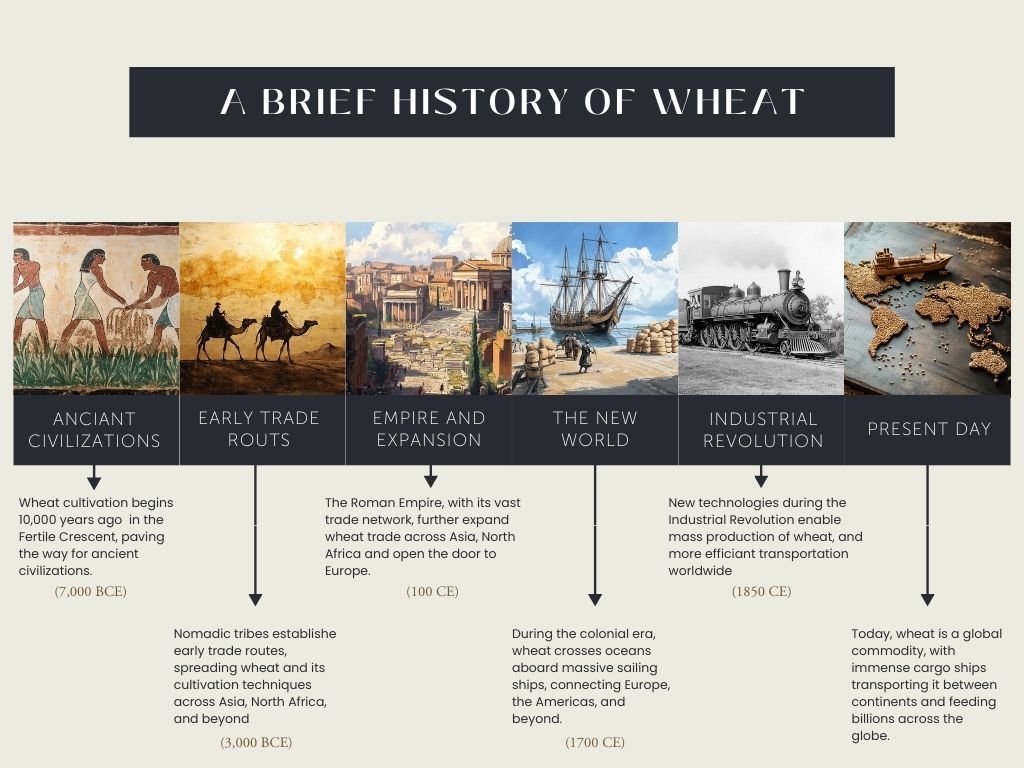
Wheat Varieties and Their Uses
There are several varieties of wheat, each with distinct characteristics that make them suitable for different culinary and industrial purposes. The two main types are hard wheat and soft wheat:
● Hard wheat is higher in protein and gluten, making it ideal for bread, pasta, and other baked goods that require a strong structure.
● Soft wheat has a lower protein content and is often used for cakes, pastries, and crackers.
Additionally, there are ancient grains like spelt and einkorn, which have gained popularity for their unique nutritional benefits and use in specialty foods. These ancient grains are often promoted in sustainable wheat farming practices, as they require fewer inputs and are more resistant to certain diseases.
Nutritional Benefits of Wheat
Wheat is not only a versatile crop but also a highly nutritious one. Whole wheat, in particular, is a rich source of dietary fiber, essential for maintaining digestive health. It is also packed with important vitamins and minerals, including B vitamins, iron, and magnesium. These nutrients are critical for maintaining energy levels, supporting brain function, and promoting overall well-being.
While refined wheat products, such as white bread, may have less nutritional value due to the removal of the bran and germ, whole wheat and ancient grains offer a range of health benefits when included as part of a balanced diet. Whether used in wheat recipes or as a core ingredient in global cuisines, wheat continues to play a central role in feeding and nourishing populations.
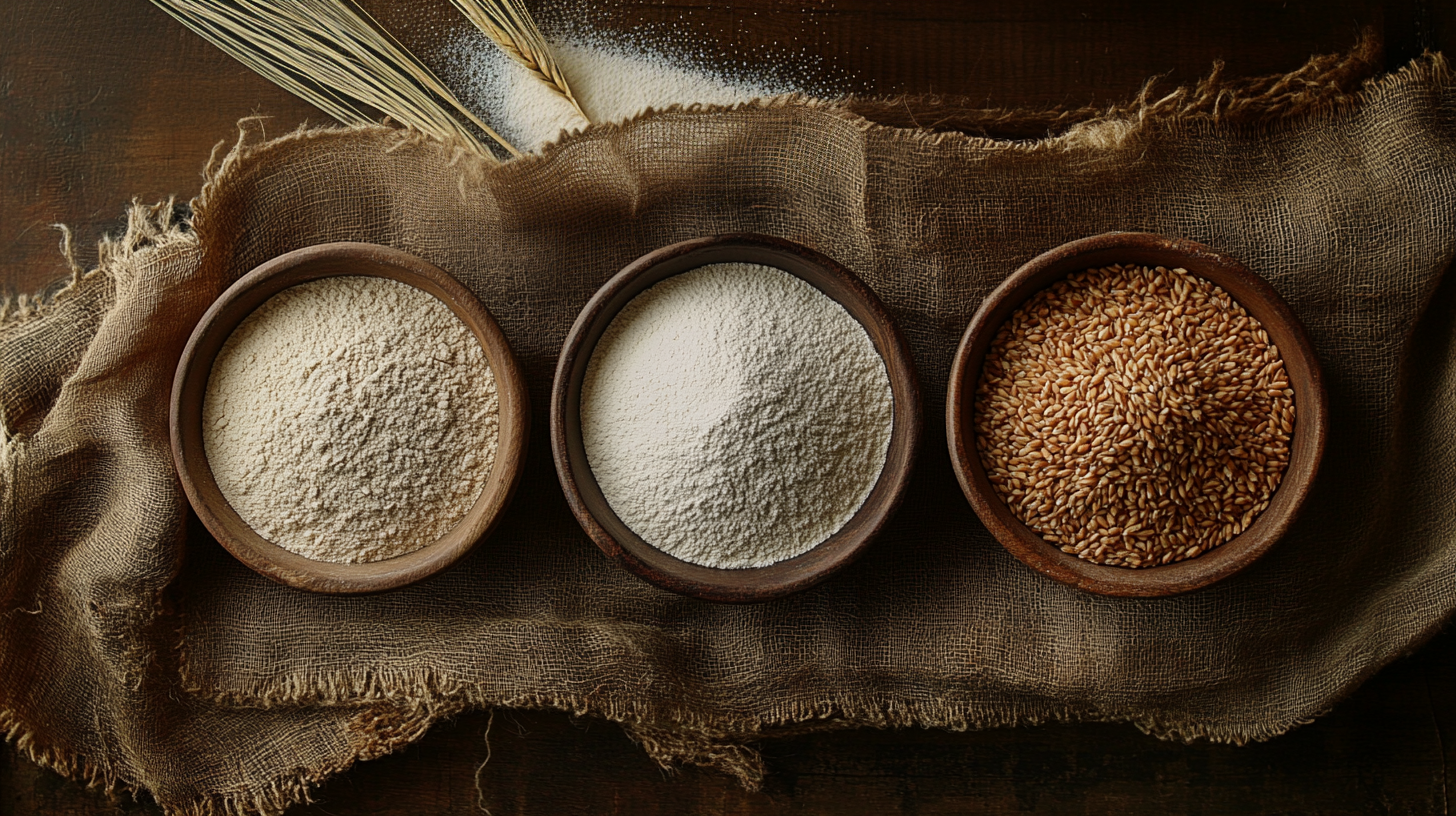
Why Wheat is Essential for Global Food Security
Wheat plays a critical role in global food security due to its ability to feed large populations and its adaptability to different growing conditions. As one of the most widely grown and consumed crops in the world, wheat provides an essential source of calories and nutrients for people in both developed and developing countries.
According to the FAO, wheat accounts for about 20% of the total calories consumed worldwide, making it a vital component in preventing hunger and malnutrition.
However, challenges such as climate change, soil degradation, and water scarcity threaten the future of wheat farming. These factors, combined with geopolitical instability in major wheat-producing regions, make it imperative to focus on sustainable practices and innovations that will ensure a reliable wheat supply for future generations.
The Future of Wheat Farming
The future of wheat farming lies in innovation and sustainability. As global populations continue to grow, the demand for wheat will increase, placing more pressure on farmers to produce higher yields without damaging the environment. Sustainable wheat farming practices, such as crop rotation, conservation tillage, and the use of drought-resistant varieties, are becoming increasingly important.
Biotechnology is also playing a role in the future of wheat farming. Researchers are developing genetically modified wheat that can resist pests, diseases, and extreme weather conditions, allowing farmers to produce more wheat with fewer resources. These advancements are crucial for ensuring the long-term viability of wheat as a global staple crop.
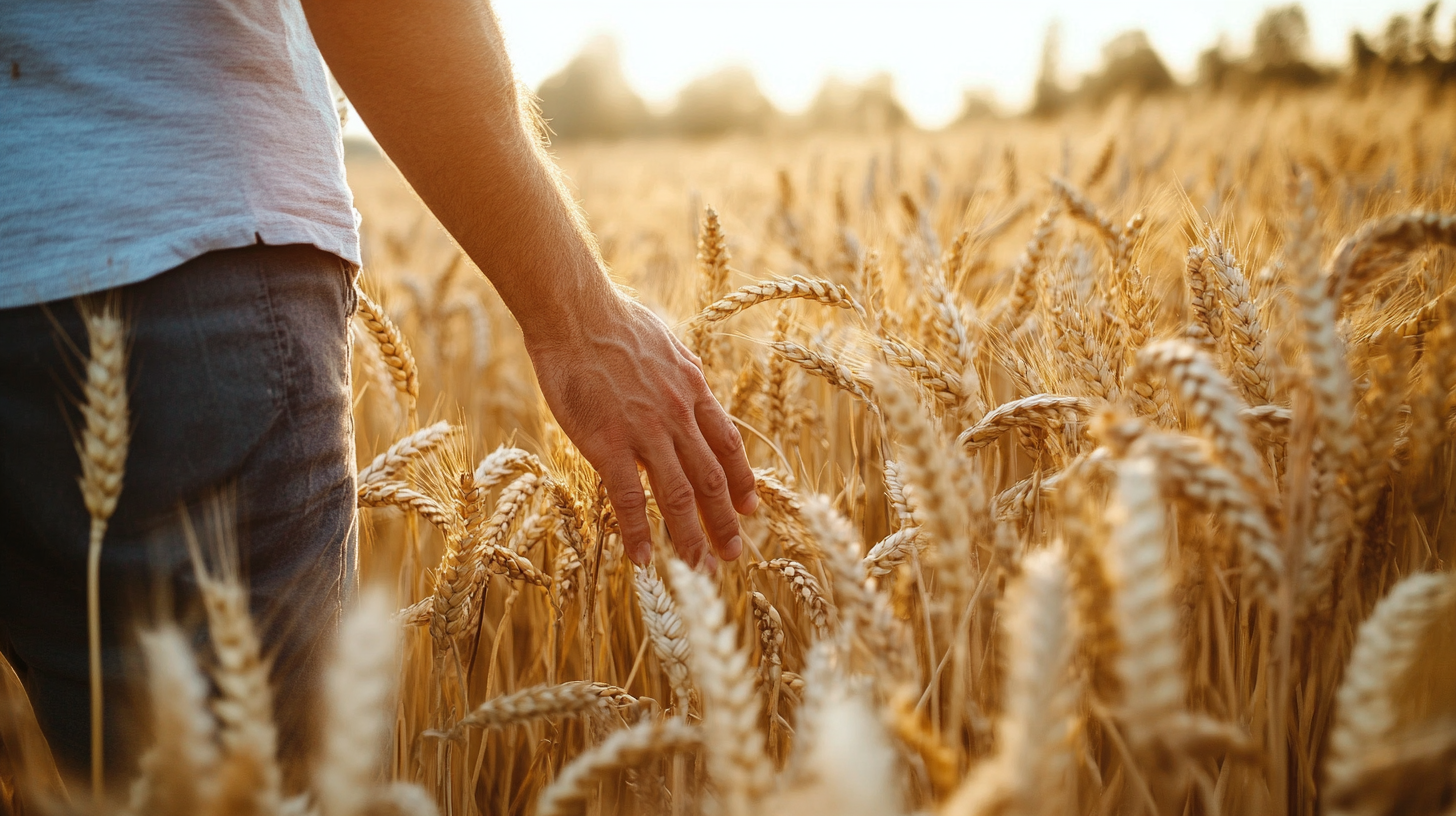
Conclusion
Wheat’s role in feeding the world cannot be overstated. Its versatility, adaptability, and nutritional value have made it the crop that sustains billions. As the challenges of climate change and food insecurity loom, focusing on sustainable wheat farming and technological advancements will be essential to ensuring that wheat continues to thrive for future generations.
Join Our Newsletter
And be advised when new content is coming up
News Letter
We will get back to you as soon as possible
Please try again later

